Member to member
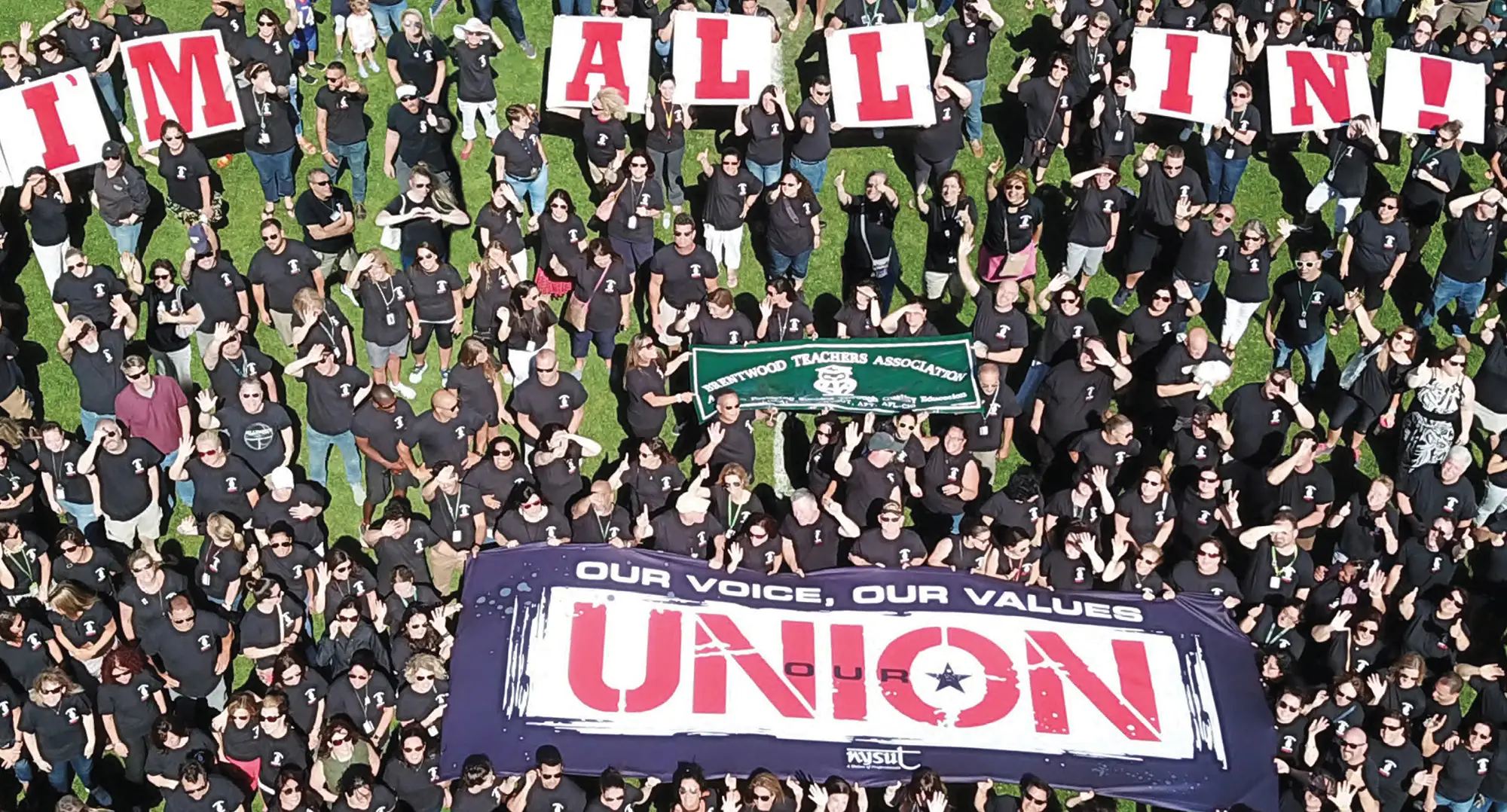
NYSUT goes back to its roots with member-to-member organizing
The downside, of course, was huge. A constitutional convention was a bad idea because it would jeopardize rights that had been enshrined for years — vital protections for free speech, public education, separation of church and state. Everything in the constitution would be up for grabs, including mandates against cutting pensions, protection of the workers’ compensation system and even workers’ right to organize. Anti-union forces and privateers would be sharpening their knives and spending big. Plus, taxpayers would foot the bill for convention costs. A constitutional convention could unleash a Pandora’s box of evils.
NYSUT worked with the AFL-CIO to produce lawn signs, bumper stickers, and video and social media ads with this bottom line: Vote NO on the ConCon. But while the case against the ConCon was compelling, it didn’t easily translate to sound bites.

NYSUT provided fact-based talking points on the ConCon and urged members to carry the message far and wide. Conversations rolled out local by local, region by region. The feedback was tremendous — members appreciated the outreach — and the outcome was outstanding. NYSUT and our allies achieved a historic reversal of public opinion as voters resoundingly defeated the ConCon, 83 to 17 percent. NYSUT members showed up to vote at more than twice the rate of the general public.
While multi-media messaging on the ConCon certainly had an impact, NYSUT leaders were convinced that the member-to-member conversations were what carried the day. When their union called, especially in the form of a familiar face, members listened.
Devastating Supreme Court ruling looms
Under the law of the land, public sector unions were obligated to represent everyone in a bargaining unit when negotiating contracts; as a result of this “duty of fair representation,” unions were allowed to assess fees on non-members who benefited from the contracts. These were called “fair share” fees.
Mark Janus, the Illinois public employee named as the lead plaintiff in the lawsuit, was a figurehead for deep-pocketed right-wing groups out to sabotage unions. Janus sought to benefit from union representation without paying anything at all.
In New York state, fees to non-members had always been highly regulated and required only for collective bargaining costs. As a matter of simple fairness, they prevented “free riders” — those who benefited from a service without contributing their fair share.
The billionaires who brought the Supreme Court case sought to undermine unions by forcing them to do the work of representation without compensation. The case was widely seen as a potential death blow to the labor movement.
Member to member
As Janus loomed, NYSUT scaled up its organizing institute. Its mission, Pallotta said, was to “invite members to help build the strongest union in history.” In the summer and fall of 2017 alone, Organizing Institute participants knocked on more than 48,000 doors, reaching out to more than 12 percent of NYSUT’s in-service members. For many, it was illuminating.
“People tend to think of NYSUT as the solver of problems,” said Robin Parente, member organizer from Chittenango TA. “But the truth is, we are all NYSUT.”
Don Carlisto, then-co-president of the Saranac Lake TA, described the effort as “a very pure expression of unionism — member-to-member direct action, in a very personal way, going into people’s homes and talking about the value of the union.”
“The experience was so rewarding for me,” said Sal Pergola, vice president of the Manhasset Educational Support Personnel Association. “What I learned, and passed on to members of other locals and continue to share with my own local, is priceless.”
NYSUT Executive Director Melinda Person, who had initiated the summer Member Organizing Institute, was inspired by the response. Hundreds of heartfelt exchanges took place on the value of union membership. “These deeply engaging conversations reinforced the strong connections between our members and their union,” Person said.
NYSUT Values
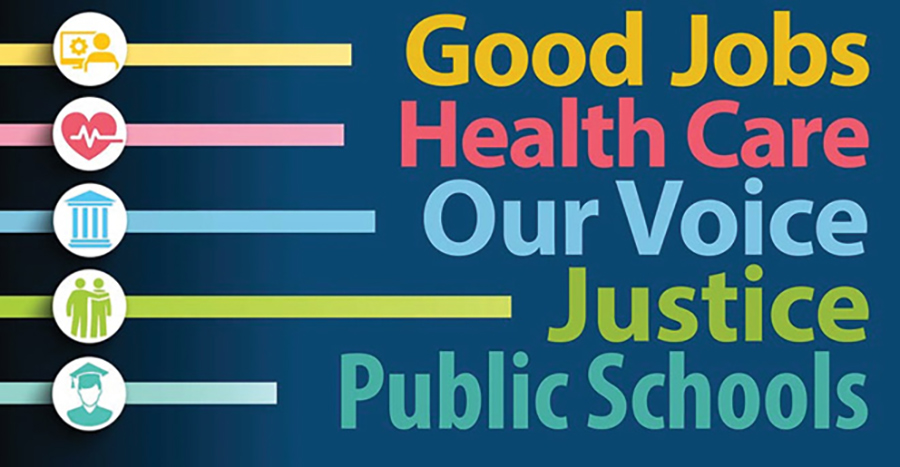
NYSUT alerted members that doorknockers, paid by a $10-million national anti-worker campaign, would push them to abandon their union membership. The billionaires behind the campaign were motivated by self-interest: “They know that strong unions give workers, both union and nonunion, better pay, better health care, safer working conditions and a voice in the workplace — and that means money out of their pockets.”
In response, union members displayed their own “I’m Sticking With the Union” signs and told anti-union doorknockers not to waste their time at their home.
Member-to-member playbook gets big results
Member Organizing Institute graduates continued to go forth and initiate conversations with their union sisters and brothers. And the cards started coming in.
Across the state, members in droves were signing and returning re-commitment cards. They were sticking with their union. From Fort Edward to Central Square, Orchard Park to Watertown, Spencerport to Brentwood, locals reported at or near 100-percent recommitment rates.
“The Western New York region has met the task of re-carding our membership with a swift and serious effort,” said Joe Najuch of the Newfane TA. “There is no doubt that the training and workshops offered by the regional office, promoting the one-to-one conversations, have helped the Newfane and Wilson TAs achieve and preserve 100 percent membership.”
Their success was repeated in every corner of the state.
Dave Michalak, president of the SUNY Broome Faculty Association, said the local had been organizing and listening to its community college members for more than two years. In one-on-ones, colleagues said they were most concerned about “the consequences [of] losing our union” and bargaining protections. “Unions are the last bastion of hope for all workers in this country.”
‘The best union work we’ve done’
Incentives for participation included “Proud to be a BTA Member” lanyards and T-shirts. Outreach meant face-to-face conversations with members, “not just placing the cards in mailboxes,” Coyne said. The local’s message was clear: Without support from the membership their contract and benefits are at risk. The campaign culminated in a 15-day organizing blitz with 100 percent of the BTA’s 1,400 members signing cards recommitting to their union. One member even faxed his card in from deployment in the Army Reserves.
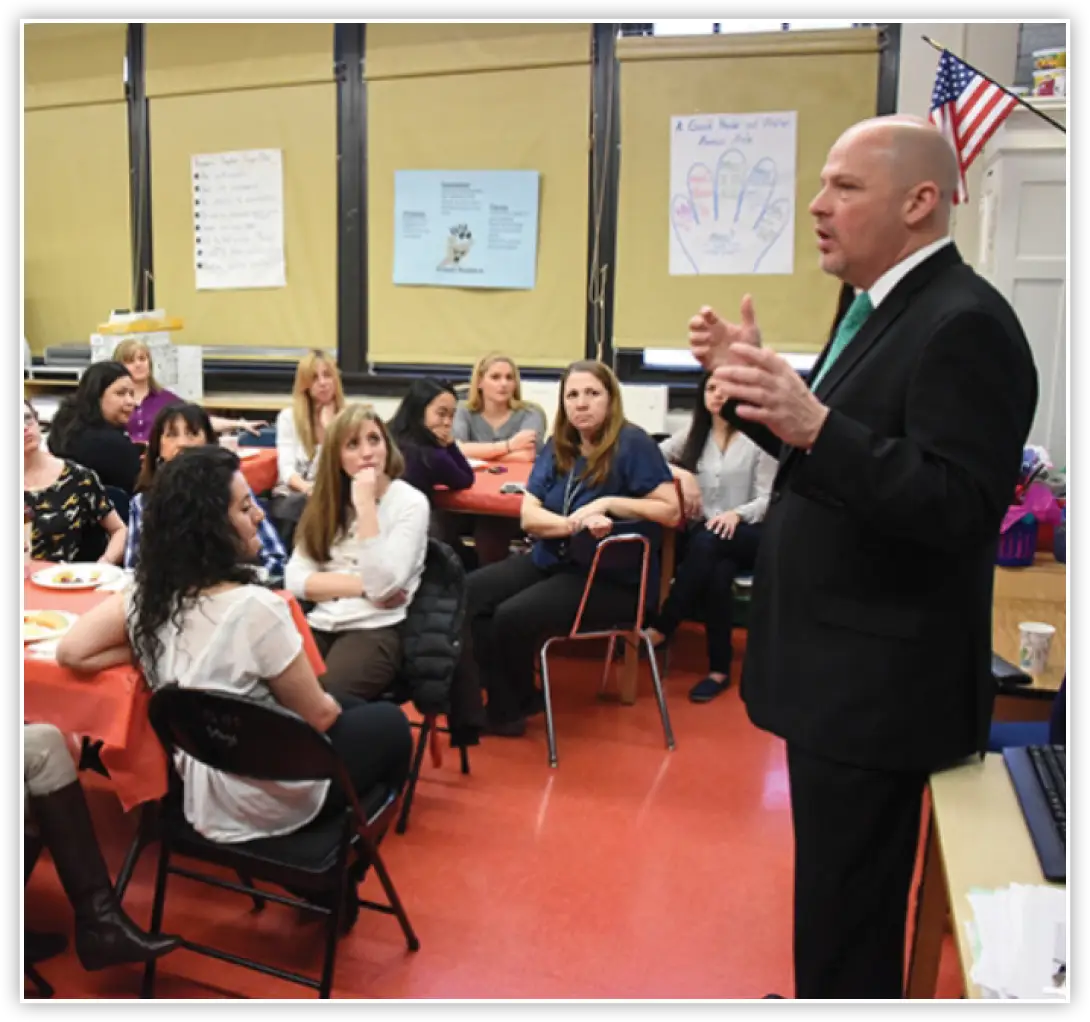
As the months became years in this unprecedented member-to-member outreach, the drumbeat got louder: “I’m sticking with the union!”
“We’re going to make sure that each and every member sees union value,” Carlisto said. “When we look back on these initiatives, we’re going to say this was the game-changer, the fact that members put feet in the street to connect with other members.”
“We have to make sure we’re speaking to each and every member and make sure they understand what is at stake,” emphasized UFT President Michael Mulgrew. “You only have the rights and benefits you do, and you only have people fighting for you every day because you have a union.”
Even before he signed a membership card, new music teacher William Pace credited the UFT with helping him untangle a bureaucratic certification snafu that threatened his job at Bronx Compass HS.
New UFT member Wayne Cole didn’t want a career like friends teaching in Georgia — “their hands are tied and nobody looks out for them,” he said — so he sought a job in New York City public schools and signed up for “the support I’ll get as a union member.”
Mobilizing for our rights
“This is the new reality for our movement and it must continue,” NYSUT President Andy Pallotta told the crowd in Manhattan. “We’re mobilizing to defend our rights.”
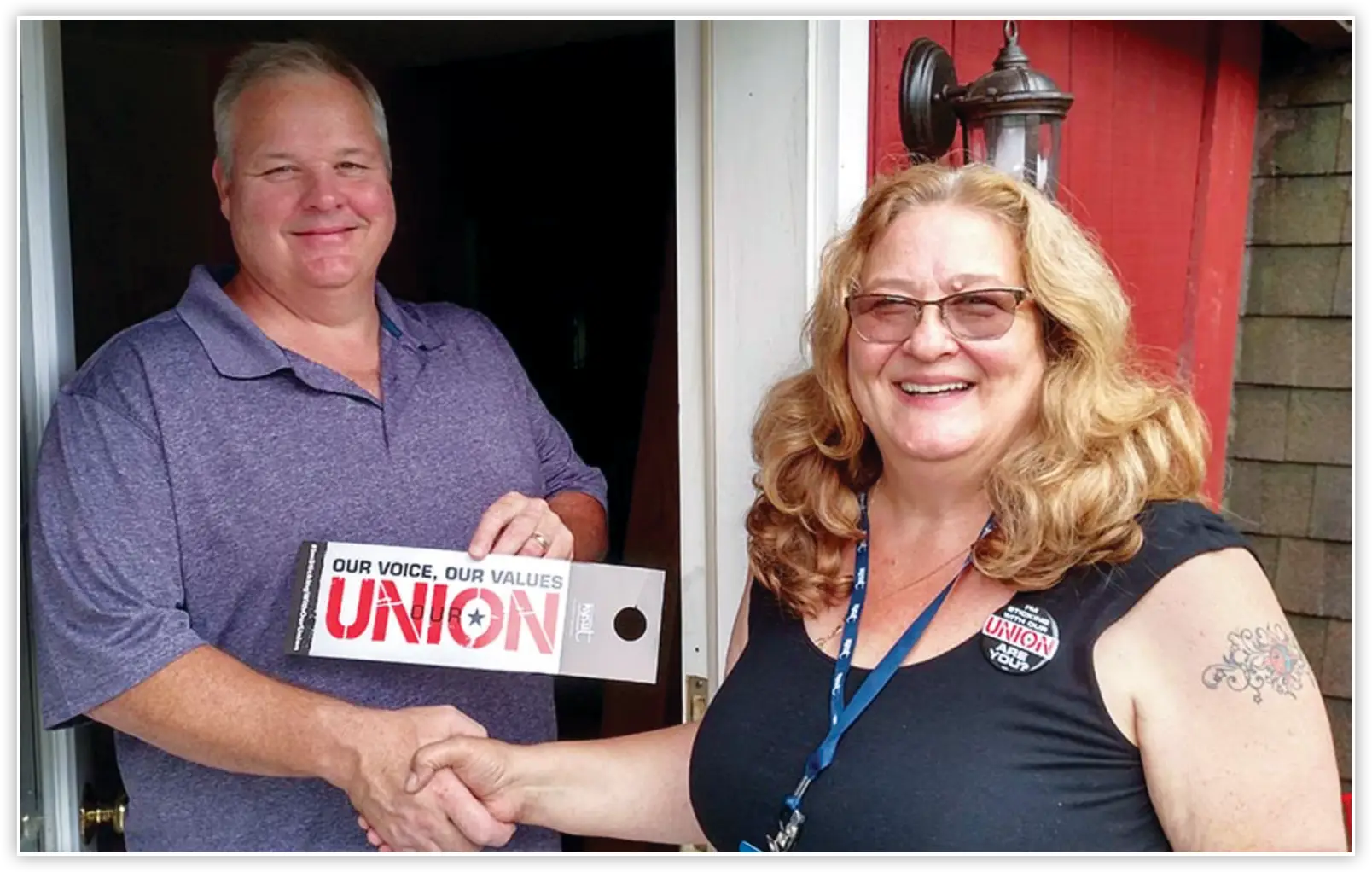
“It can take a lot of work to get through to people and make that important connection,” agreed Luis Grevely, a Schenectady Federation of Teachers member. But it’s worth it, he noted: face-to-face contact was key, more effective than emails or even phone calls.
Conversations generally focused on pay, health care and job protections that would be eroded if the union lost strength. Solidarity was key to winning and defending good contracts. Some conversations were germane to specific member groups: protections against unfair dismissal for SRPs, help with certification for new teacher members.
Day of reckoning
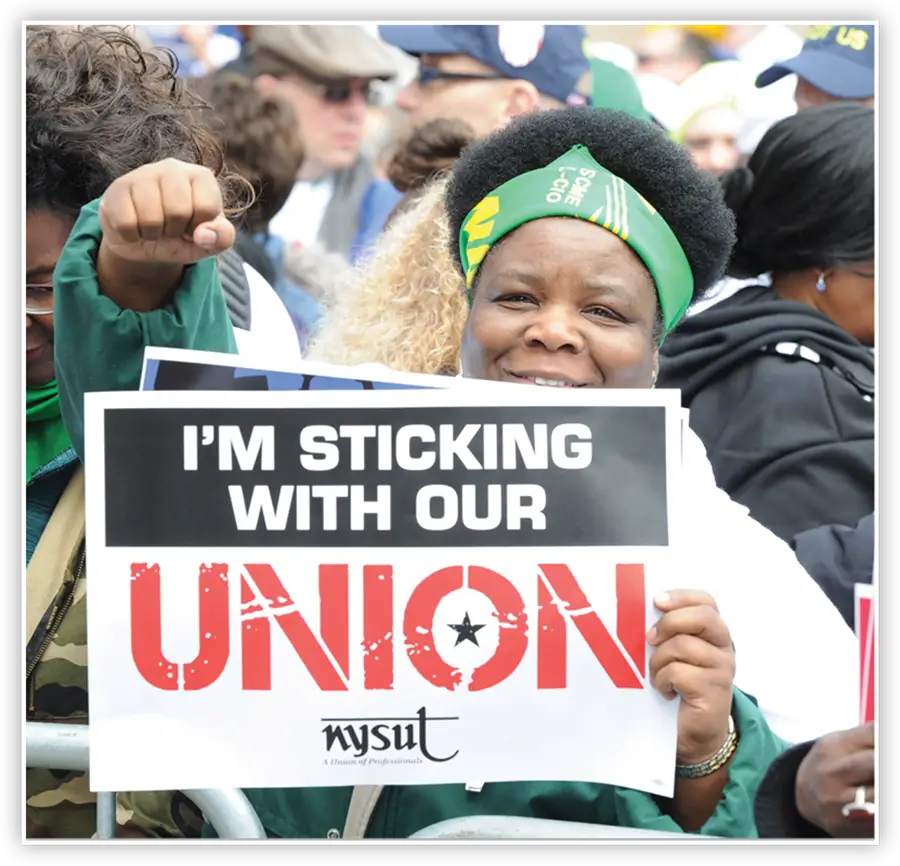
By spring of 2019 it was clear that anti-union forces had failed in the attempt to deal a fatal blow to the labor movement. “I am happy to report that the state of our union is strong,” a jubilant Pallotta told NYSUT’s Representative Assembly. “Anti-union forces wanted to destroy us, but this challenge made us stronger. We did the right thing. We organized. We knocked on doors. We built relationships. And our membership numbers are up, our members are more engaged than ever, and they’re sticking with our union.”
A year after Janus, NYSUT’s member-to-member organizing expanded again. The union rolled out a Member Organizing Institute specifically for SRPs. Participant Brad Jagnanan, a teaching assistant and Henry Viscardi School FA member, was focused on helping NYSUT retain and recruit new members. “I want to ensure the union stays strong,” he said.
Into the future
But in New York state, five years after Janus, organizing has become a way of life. “We have placed person-to-person contact, relationship building, at the heart of all that we do,” said Pallotta. “This isn’t new. We’re just getting back to our roots. It is a new style of unionism, and this can never end. As the song says, we’re ‘sticking to the union, until the day I die.’”
Timeline
-
2015New York state has 1,750 teachers who have earned National Board Certification, many supported by union-backed grants.
-
2015NYSUT wins a four-year moratorium on imposition of APPR consequences as parents and teachers unite against high-stakes tests.
-
2016NYSUT mounts aggressive campaign with allies against a proposed constitutional convention; votersresoundingly say NO to the ConCon.

-
2017NYSUT establishes the Women’s Committee.
-
2017Andy Pallotta is elected NYSUT president.
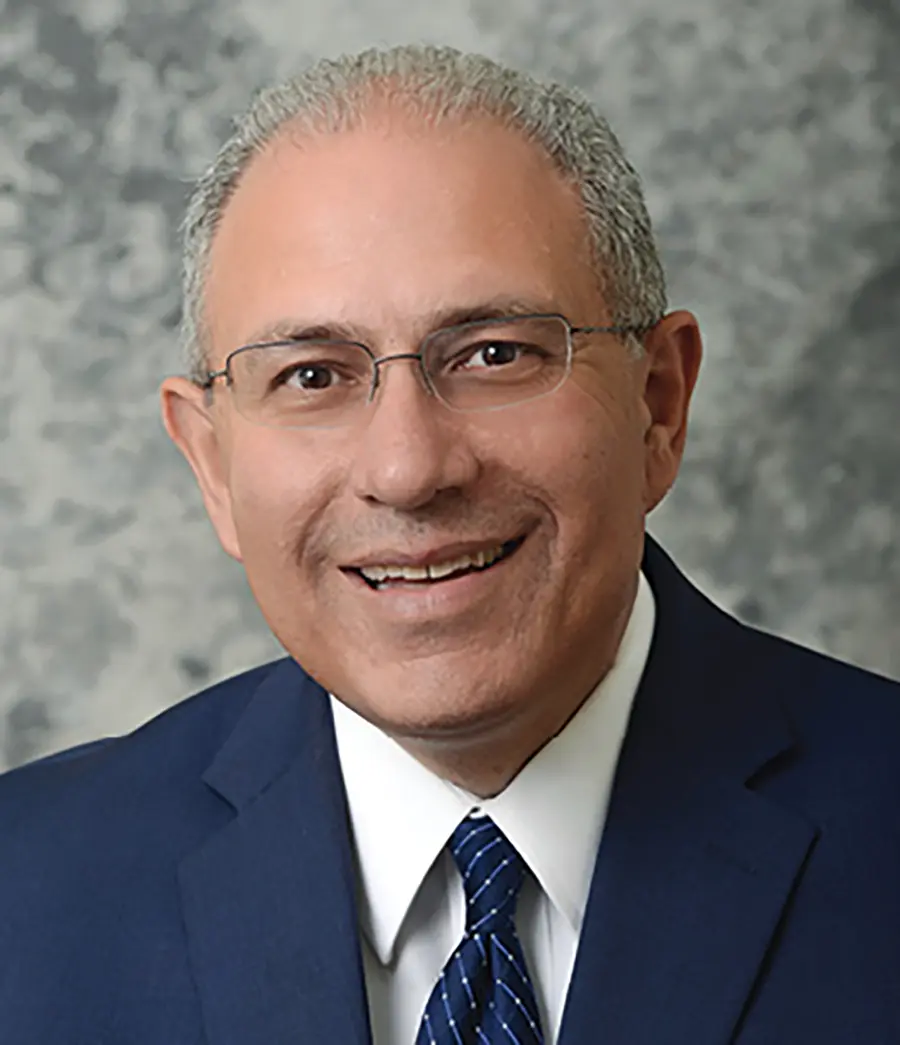 Andy Pallotta
Andy Pallotta -
2017NYSUT embarks on the largest organizing effort in its history with its member-to-member campaign, knocking on more than 48,000 doors in summer and fall alone.
-
2018NYSUT joins the AFT and NEA for a National Day of Action Against Gun Violence in Schools on April 20 — the anniversary of the shootings at Columbine High School in 1999.
-
2018Hundreds of teachers detail serious problems with NYS standardized testing, as part of NYSUT’s “Tyranny of Testing” report. The union’s advocacy helps convince SED officials to shorten tests and reduce the number of testing days.
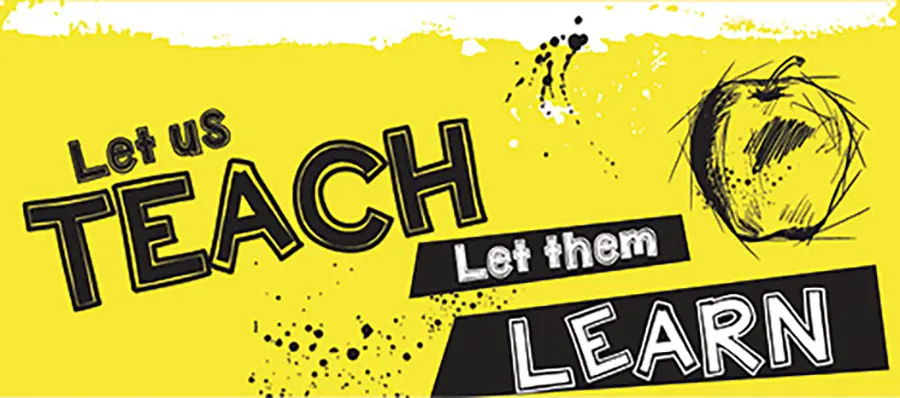
-
2018NYSUT wins law giving School-Related Professionals enhanced protection against unfair terminations.
-
2018NYSUT launches the Take a Look at Teaching initiative to address the looming teacher shortage, with plummeting enrollment in teacher ed programs, increased requirements and an urgent need for more diversity in the work force.
-
2018NYSUT expands its Member Organizing Institute.

-
2018NYSUT celebrates court victory expanding rights for LGBTQ workers.
-
2019Moratorium extended on APPR consequences due to NYSUT advocacy.
-
2019NYSUT student loan debt workshops help hundreds of members manage and reduce debt; and qualify for Public Service Loan Forgiveness.
-
2020Gov. Andrew Cuomo forces a cut of $1.1 billion in education funding, offset by federal funding provided before the final budget is passed.